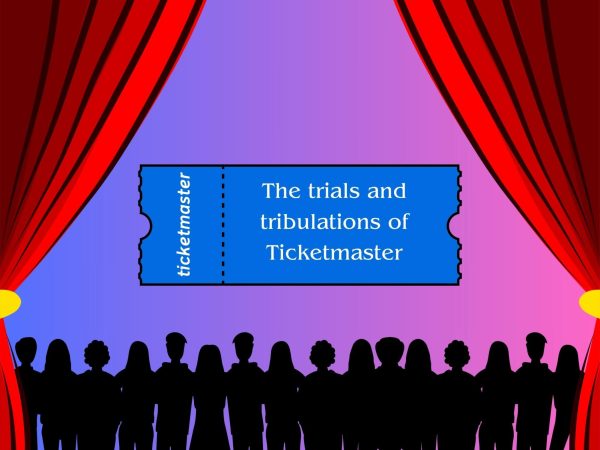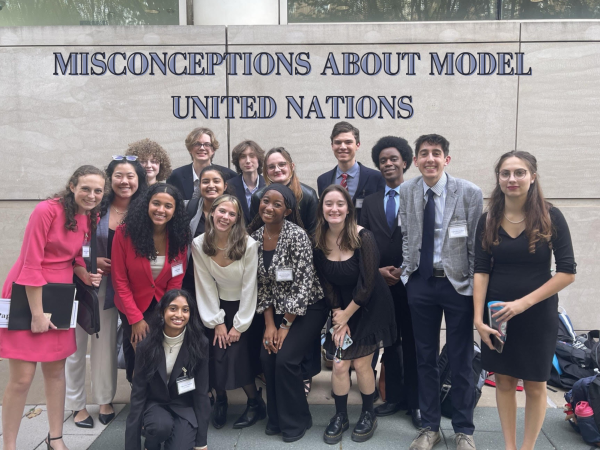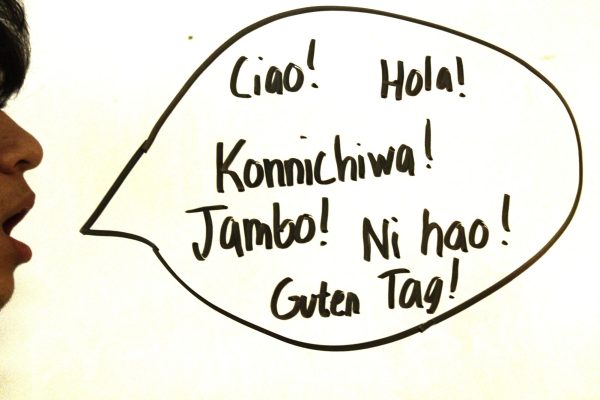America should stand with striking teachers
April 20, 2018
The responsibilities of teachers extend beyond both their job descriptions and far beyond the classroom. Their work in schools serves as the backbone to the future of society. The unique emotional attachment that comes with educating students, helping them develop, and finding their place in this world does not occur in any other profession—or at least not to the degree found in teaching. However, despite the amount of extracurricular efforts and care that teachers contribute to their careers, all teachers remain exempt from overtime pay, and less than 50% of America’s teachers work under labor unions.
February 22 marked the beginning of a series of unexpected days off of school for public school students across West Virginia. Thousands of teachers flooded the streets and made their way to the state’s capital in protest.
Their motive? Improvements in health benefits and pay.
Those who marched did so under the direction of the American Federation of Teachers and the National Education Association, two popular labor unions that represent education specialists across America.
Labor unions give their constituents a voice. They gather the concerns of workers and act as a middle man in negotiations between employees and their employer. Under the protection of unions, laborers who choose to publicly express their concerns and frustrations find security and strength in numbers.
Labor unions exist in every state, and teachers hold access to these organizations. The Thomas B. Fordham Institute offers a detailed report classifying each of the 50 states and the District of Columbia into five tiers based on the general strength and effectiveness of their unions; Tier 1: strongest, Tier 2: strong, Tier 3: average, Tier 4: weak, Tier 5: weakest. Only 20 states maintain unions in Tiers 1 or 2, and most of these states with high quality labor unions exist in the Northern, Midwestern, and Western regions of the United States. Only one southern state, Alabama, maintains labor unions of this caliber.
All but four of the members of Tier 5 exist in the cluster of states commonly recognized as the South, including Texas, Oklahoma, Arizona, and Florida, and of the 20 categorized under Tiers 4 and 5, five do not allow collective bargaining, a primary incentive of union involvement.
The poor condition of these southern unions creates a major disadvantage for educators in the South with pressing frustrations about their current working conditions and environments, rights, and benefits. Educators in these states do not receive the support of teachers in states like Pennsylvania or West Virginia, which fall into Tiers 1 and 2.
Regardless of the general condition of labor unions in a given state, all employees, especially teachers—who provide the most fundamental education for functioning society—should legally retain the freedom to engage in collective bargaining as they and their unionized counterparts see necessary.
The boldness of the West Virginia educators sets a precedent for teachers across the nation. On March 19, 4,000 unionized teachers in New Jersey marched in strike for the first time in 20 years. Oklahoma teachers, the lowest paid in America with labor unions in Tier 5, emerged as the next group of educators to follow in the steps of the West Virginia teachers on April 2. Their Kentucky coworkers stood with them in solidarity. As the number of striking educators increases, the amount of teachers who feel comfortable to do the same increases. However, because of the restrictions certain jurisdictions place on the organization freedoms of their employees, teachers, as empowered as they may feel, will not march any time soon.
The Texas state government made it impossible for educators wishing to maintain their employment while also participating in public demonstrations of this nature in 2011, when it officialized a statute proclaiming it unlawful for “public officers and employees” to participate in collective bargaining and public striking. Section 617.003 of the law code states that “(a) Public employees may not strike or engage in an organized work stoppage against the state or a political subdivision of the state,” and that any employees choosing to take part in such demonstrations will inevitably face severe penalties: “A public employee who violates Subsection (a) forfeits all civil service rights, reemployment rights, and any other rights, benefits, and privileges the employee enjoys as a result of public employment or former public employment.”
Though some people criticize protesters for the apparent convenient timing of the strikes and the disruption of students’ learning, others recognize the intent of this movement as an honorable cause that should receive public support.
The West Virginia strike and any ones to follow perfectly exemplify active democracy, one of America’s most prominent values.

















